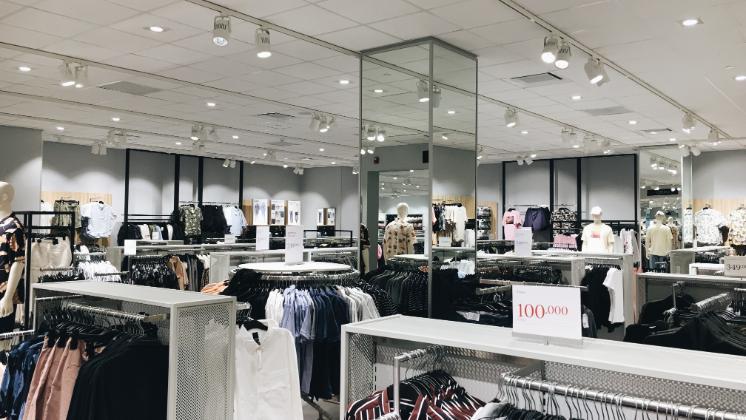For some, pulling a business-ready outfit together takes no more effort than opening their closet. Still, many students face barriers to that kind of easy clothing assemblage, including lack of shopping options, scarce monetary resources, and missing guidance. Asking a cash-strapped or rurally-located college student to dress in "Business Attire" to attend an event can put a roadblock in their path that's hard to overcome, and it cuts off access to the skills, knowledge, networking, and career development that they often need the most.
While college and community Business Closets exist, there is often an absence of knowledge about how to access them, the availability of extended sizes, the guidelines around borrowing and returning, and who actually has access. Moreover, while there are still fields of employment and companies that require traditional business attire for some or all of their employees, the working world has become more open, inclusive, and relaxed in the last several years. Requiring particular clothes that don't reflect the reality of lived experience is frustrating to students who can see it as an unbridgeable gulf.
Instead, thinking of how to dress "business-forward," a more open, adjustable, and easy-to-achieve model can remove those roadblocks and encourage a greater and more diverse group of students to attend and engage in events and programming.
So what does Business-Forward attire mean? For me, it's a set of guidelines rather than a prescribed set of pieces (suit, jacket, tie, heels). By staying within the guidelines, anything a student chooses to wear works, and it helps support affirming varied identities rather than narrow ones.
Outerwear
- Outerwear/outer layers (like cardigans, shawls, blazers, or vests) should be the same color as the bottoms or color-coordinated with either the top or the bottom.
- Traditional suit jackets and pants should be matching in color and fabric
Separates and one-piece outfits
- If you're not wearing a suit, tops and bottom should be different colors (no all-black or all-grey, for example)
- Dresses or one-piece outfits (like a jumpsuit) can be solids or prints
- Avoid wearing garments made from 100% cotton
- Wear one less print than clothing items. Shirt and pants? One can be a print. Skirt, top, and blazer? Two can be prints. Pants, shirt, cardigan, and blazer? Three can be prints, but you're maxing out at three.
Accessories
- Three accessory items, or fewer, from no more than two categories; this does not include wedding and engagement rings. For example, two bracelets and a pair of earrings are fine, but not earrings and a bracelet and a necklace.
- Avoid accessories that make noise when you move
Shoes and footwear
- Footwear should be made from leather (imitation or real) or suede
- If your footwear has laces, wear socks or tights that are similar in shade to your bottoms
How to wear the items
- Button-down shirts should be tucked in if the shirt hits lower than the bottom's button/clasp/zipper.
- Wear a belt if your bottom has belt loops
- Ensure clothes are clean, without holes (even intentional ones), and unwrinkled



Leave a Comment